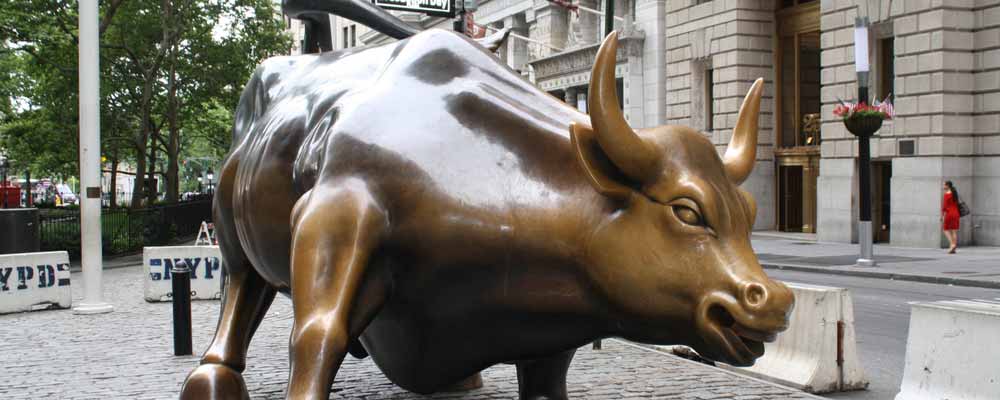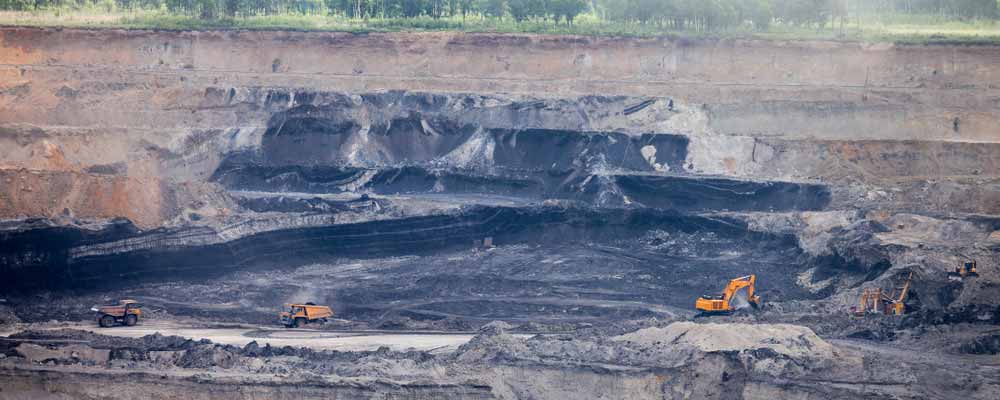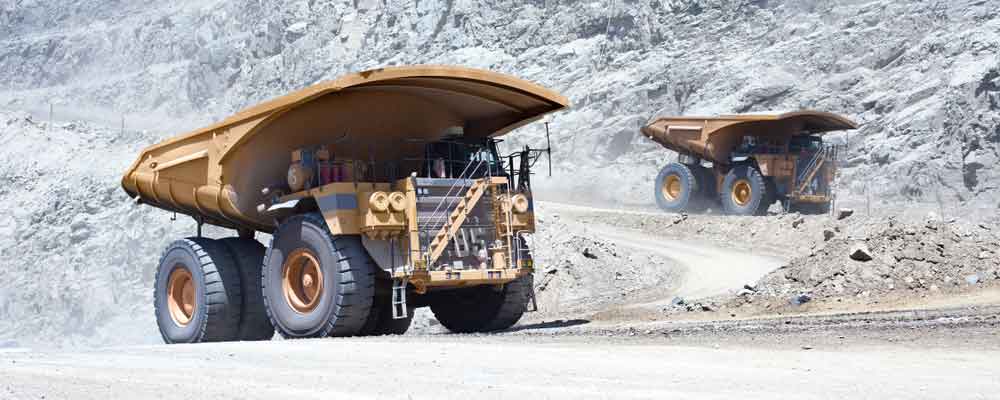If it don’t grow, don’t mow.
That’s my motto from October to April. That’s when Florida’s dry season sets in and our grass stops growing.
I’m not sure if my wife appreciates my motto. But I appreciate the season of rest even if the yard looks a little scraggly at times.
Our property is 5 acres, and about 3 of those acres are grass. When the season changes and grass is growing, I should mow every 10 days.
Uhhgg.
If It Grows, It Goes
This should be every commodity trader’s motto: If it grows, it goes.
Like how grass shoots up to seed and trees unfurl the brightest green, a season of growth makes commodities go.
To be sure, commodities have their own seasons.
Pollination determines when corn will grow. Sugarcane must be grown in a nine-month window when temperatures are not too cold. Ranchers breed cows in June because calves born in early spring put on more weight before weaning in October.
Seasons impact commodity prices. But step back for a minute — there is a bigger force in play.
Seasons of growth in global economies and financial markets drive commodity price trends.
It may be helpful to think of these seasons as cycles.
Cycles are critical to growth. And growth critical to cycles.
It Was the Best of Times, It Was the Worst of Times
Growth increases the consumption of finite resources. Demand rises.
When demand exceeds supply, prices rise.
Producers, seeking to capitalize on higher prices, increase production. Supply rises.
If supply exceeds demand, prices fall.
This is what caused the price of crude oil to collapse in 2014.
Now, four years later, the opposite is happening. Crude oil supply has fallen. Investors expect existing and future production to fall short of demand. Prices are rising.
Crude oil is getting all the attention these days, but this isn’t only a crude oil story.
Look at this diagram.

It’s kind of an eyesore. But it shows the commodities that performed better than all other asset classes through the first four months of 2018.
The last time commodities were the best-performing asset class for an entire year was 2002. That’s when the last commodity bull market cycle began.
My colleague, Matt Badiali, knows.
He recently used a story about mulberry and olive trees to explain how commodity cycles can make investors rich. And how commodities are cheap right now.
Indeed.
Global economic growth is at a stage in its cycle that’s bullish for commodities.
Demand for commodities, natural resources, energy and basic materials will rise like my lawn. And prices will rise too.
This is your chance to invest in everything from gold to aluminum, from crude oil to corn, from copper to uranium, from birdhouses to lawn mower blades.
Good investing,

John Ross
Senior Analyst, Banyan Hill Publishing




